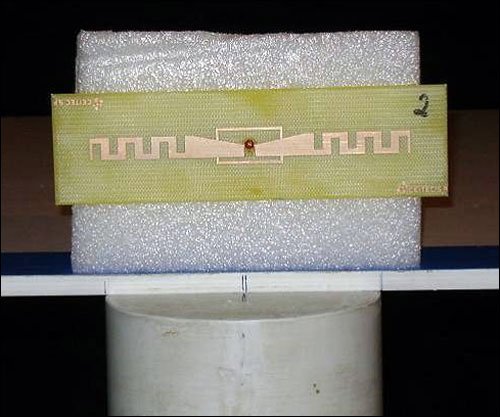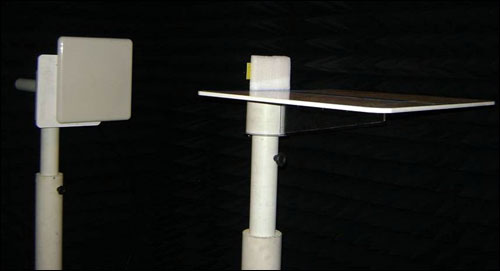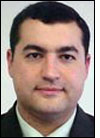Having recently completed testing of its new EPC Gen 2 passive RFID chip, the CTC 13000, CEITEC—a government-funded Brazilian semiconductor firm—estimates that tags manufactured with its new chip will become commercially available in June 2012, according to Marcelo Soares Lubaszewski, CEITEC’s design and institutional relations superintendent.
Hewlett-Packard (HP) RFID Center of Excellence (CoE), a research and development facility in Sao Paulo, Brazil, carried out the tests, which followed a two-year collaboration between CEITEC and the HP RFID Center of Excellence to develop the chip. According to Alexandre Quinze, CoE’s senior director of research, development and IT, the ultrahigh-frequency (UHF) chip was designed to offer the same functionality as other EPC UHF chips currently on the market, and to transmit at the 902.250 MHz, 915.250 MHz and 927.250 MHz bands, in order to meet the demand for such chips in Brazil and elsewhere worldwide.

“CoE has been working closely with CEITEC for the last two years to cooperate and help them develop the chip,” Quinze states. “This is an extensive technical joint effort.”
The chip contains 1 kilobit of memory, with 512 bits available as user memory and 240 bits dedicated to the Electronic Product Code (EPC) number. The read range is approximately 4 meters (13 feet) for reading or writing to the tag, Lubaszewski says, while the operational temperature range is -40 degrees Celsius to +85 degrees Celsius (-40 degrees Fahrenheit to +185 degrees Fahrenheit).
“The plan is to start mass production [of the chips] by March 2012,” Lubaszewski explains. “We are in contact with potential partners in Brazil and around the world, but no final decision was made yet.”To test the chips, CoE’s researchers embedded them in tags that the team created specifically for the test at the center’s Antenna Development Lab. The tags were then attached to printer ink cartridges, to mimic a typical supply chain tracking application using RFID tags. The tests, which lasted two weeks, were completed on Oct. 14. Based on the results, Quinze says, researchers determined that the CTC 13000 chip performed the same or superior to other chips found in commercially available tags currently being used in the same application.
HP’s RFID Center of Excellence is the only research center in Brazil accredited by EPCglobal. During the past two years, Quinze says, CoE’s researchers have been working with CEITEC to develop a UHF chip that can be placed in RFID tags that could then be used with ink cartridges. “We basically shared with them—and vice versa—knowledge in terms of tag specification and performance,” he states, “so they could retrofit this into their development schedule.”

Though tested in tags attached to printer cartridges, Lubaszewski says, the chip has a wide variety of applications, and can be utilized for tracking nearly any type of goods.
Because the purpose of the recent testing was only to evaluate the chip’s functionality, Quinze says, the center’s research team plans to conduct further testing regarding RF strength.


